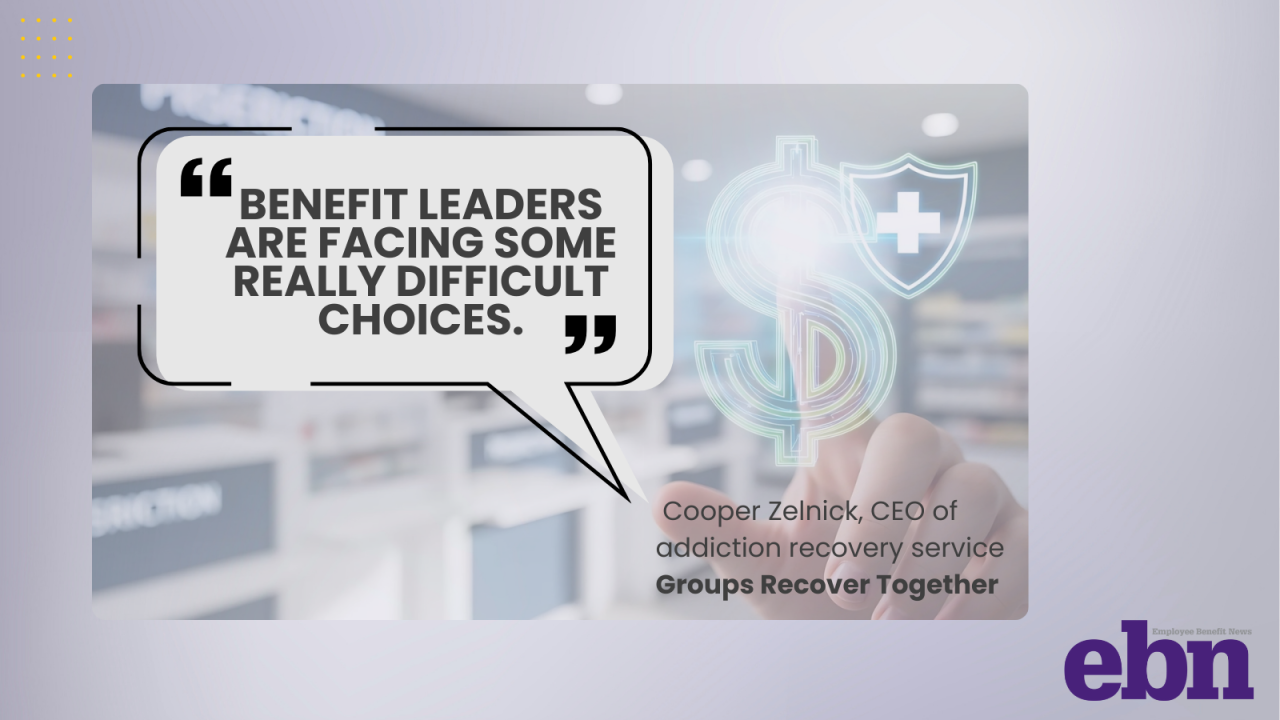The labor market has been difficult for workforces everywhere, and even CEOs aren't exempt from the
Half of employees experienced the departure of a C-suite executive at their organization this year, according to a recent report from executive research firm DHR Global. The leadership changes have left 55% of those employees questioning whether their organization's mission is
"What everybody's looking at right now is a tremendous amount of volatility and unpredictability," says Keith Giarman, managing partner of global private equity practice at DHR Global. "If you're a CEO that has been working inside a company trying to grow and create opportunities, it's been a very difficult situation to face as an executive."
Read more:
In January of this year, 222 CEOs
"Interest rates were supposed to start going down, the Federal Reserve was going to take action, deals were going to start to go up and there was going to be more liquidity in the market — but it didn't happen that way," Giarman says. "The hardest thing a CEO can do is to look at the market and admit to investors and staff that they're not clear on what the path forward is. It makes it very hard to run a company."
Politics plays a role
The recent cultural and
As a silver lining, almost two-thirds of employees said executive turnover
Read more:
"If an employee [sees that] things aren't getting better or it's more the same — whether it's the CEO's fault or not — they won't really care," he says. "They want to see some kind of change."
The future is difficult to predict, but Giarman believes that CEO turnover will remain high and maybe even increase as volatility in the markets and in the government persists. Although the adjustment will be challenging at first,
"Things are changing faster than ever before," Giarman says. "We're going to need leaders that are very agile and that can not only deal with that change but react to the change successfully."






